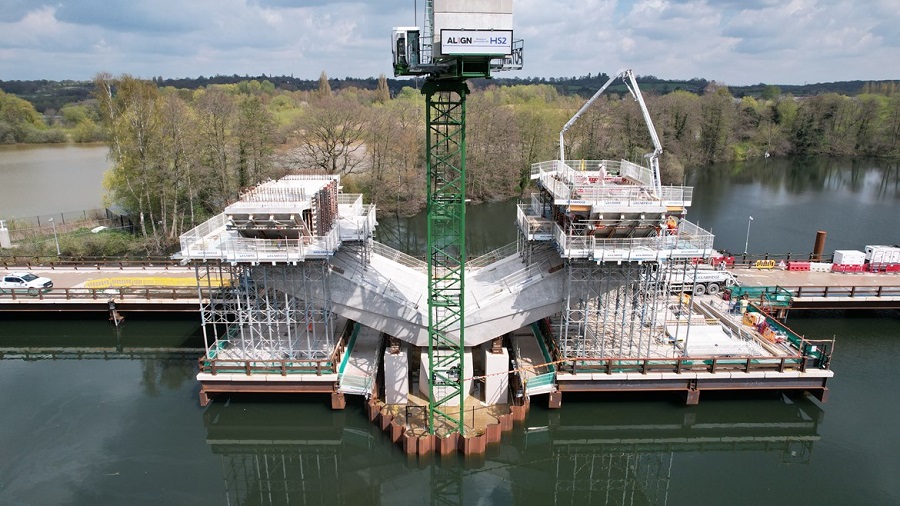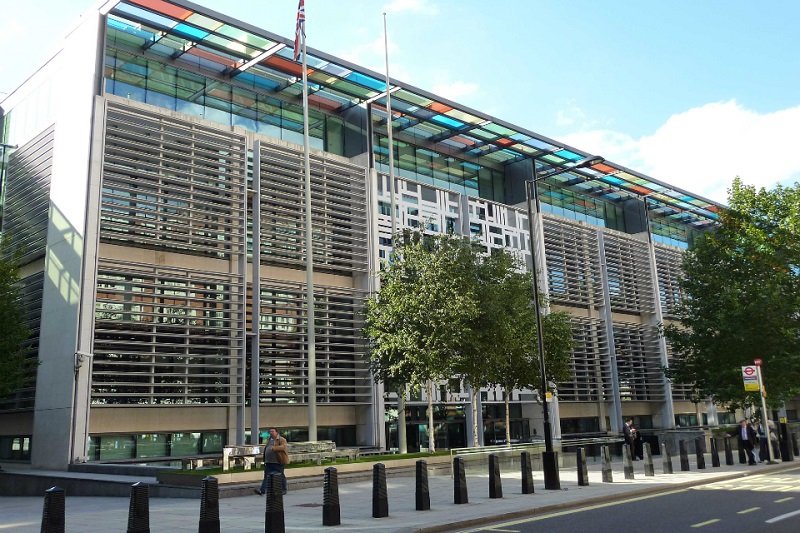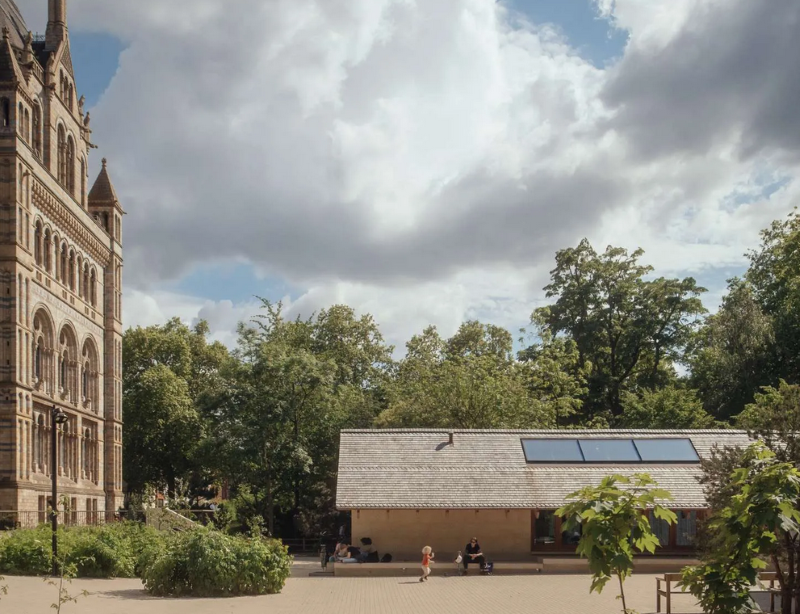One year after the launch of HS2’s giant ‘bridge-building machine’, progress on the UK’s longest railway bridge has taken another major step forward with the completion of the first piers that will carry the viaduct over a series of lakes just outside London.
The Colne Valley Viaduct – which is being built near Hillingdon - will carry high speed trains more than two miles (3.4km) across the Grand Union Canal, River Colne, local roads and a series of lakes between the end of the London tunnels and the start of the Chiltern tunnels.
For the last year, a 700-tonne ‘launch girder’ – the only one of its kind in the UK - has been assembling giant pre-cast concrete segments to form the first 1 km of the viaduct deck along the edge of the valley.
Now the first enormous v-shaped piers have been completed in the lake, to allow the viaduct to curve eastward, over the water. The ‘V piers’ – each weighing in at 1,800 tonnes – will support a row of elegant arches inspired by the flight of a stone skimming over the surface of the water.

To allow for the gentle curve of the viaduct, each of the one thousand segments that form the arches and deck are slightly different – and all are manufactured at a temporary factory set up close by, with direct access to the M25.
Construction of the HS2 project, which is designed to improve rail links between London, Birmingham and the North, help level-up the economy and provide a low carbon alternative to car and air travel, is ramping up across the UK with almost 30,000 jobs now supported by the project.
Welcoming the milestone, HS2 Ltd Project Client David Emms said: “The Colne Valley Viaduct will form a key part of the HS2 route – helping to deliver better connections across the UK, free up rail capacity on the existing network, and offer passengers zero carbon travel options. That’s why it’s great to see so much progress over the last 12 months and especially the completion of the piers that will allow the girder to head out over the lakes later this year.
“I’d like to thank all those involved in getting us to this exciting stage and look forward to seeing the whole viaduct come together over the coming years.”
Known as a ‘launching girder’, the 160m long bridge-building machine is used to lift the giant concrete deck segments that form the viaduct’s arches into position. Once each section is complete, the machine inches itself forward to build the next stage.
The huge viaduct project is being led by HS2’s main works contractor Align JV – a team made up of Bouygues Travaux Publics, Sir Robert McAlpine and VolkerFitzpatrick working with key suppliers including VSL, Kilnbridge, Tarmac and KVJV.
Originally built in 2004, the launching girder was first used during the construction of the Hong Kong East Tsing Yi Viaduct. Specially designed to handle complex viaduct construction, the machine is named ‘Dominique’ in memory of Bouygues engineer Dominique Droniou who played a leading role in its design and development.
In the last year, it has installed over 300 out of 1,000 segments required to complete the viaduct deck, installing up to three pairs of segments each day
Align Project Director, Daniel Altier commented: “I am delighted that by working as an integrated team with our supply chain partners, we have been able to erect nearly a third of the deck and complete the first V pier, just a year since Dominique starting operating.
What has been achieved would not have been possible without the support of the different teams across the project including; Quality, Lifting, Safety, Consents, Environment, Surveying and also Earthworks, for maintaining the haul road on which the 60 -140 tonne segments are transported from our factory to meet the girder.”
Designed to bear the weight of the 80m wide arches over the lakes, the ‘v-piers’ are twice as large as simpler piers that carry the viaduct over land.
Cast in place using a series of giant moulds, each pier has a separate tower crane, with a temporary access bridge linking them with the main construction site. Cofferdams were used to hold back the water while the 60m deep foundations were built into the bed of the lakes.
Each pier weighs around 1,800 tonnes and took nine months to complete. To help the engineers master the complex shape of the pier, a mock-up was built off site before work began on the real piers. In total, 11 ‘v-piers’ will support the viaduct over water with a further 45 piers on land.
Once the piers are ready, deck segments will be placed alternately on each side, using a cantilever approach to balance the structure, as two half-arches are constructed simultaneously. Steel tensioning cables are then threaded through the segments to strengthen the bridge.




















